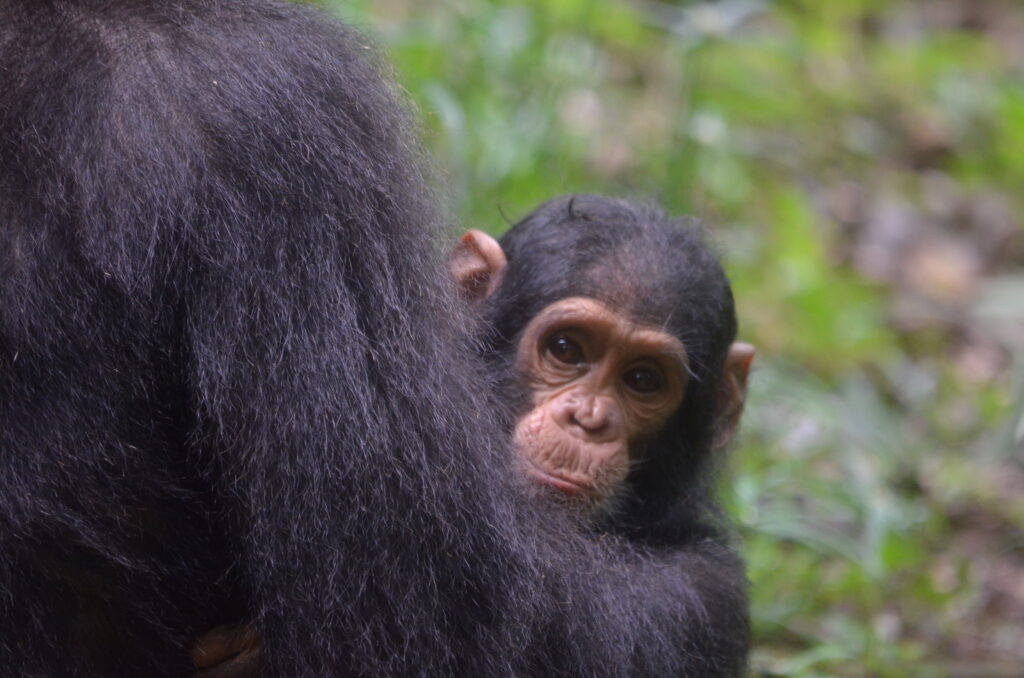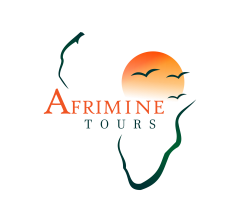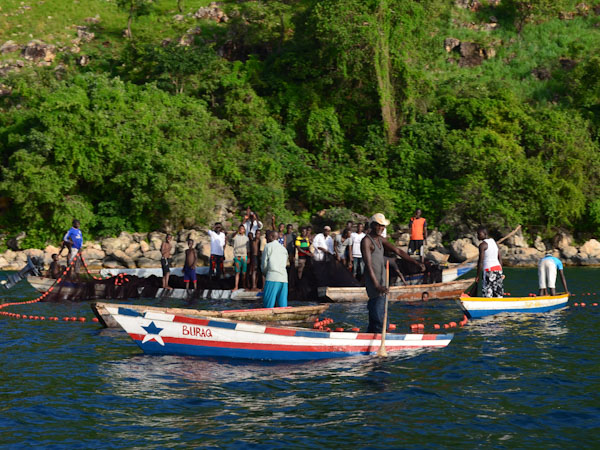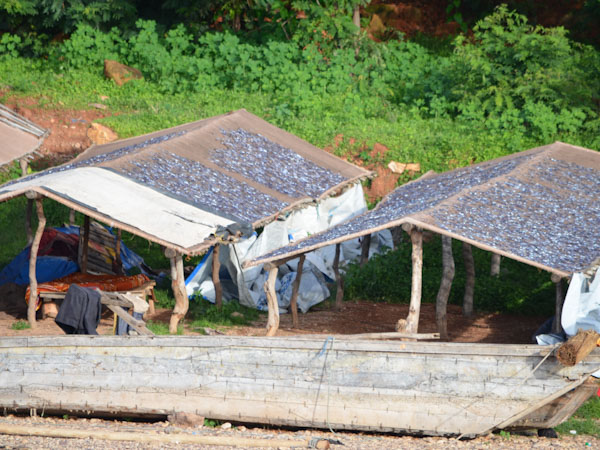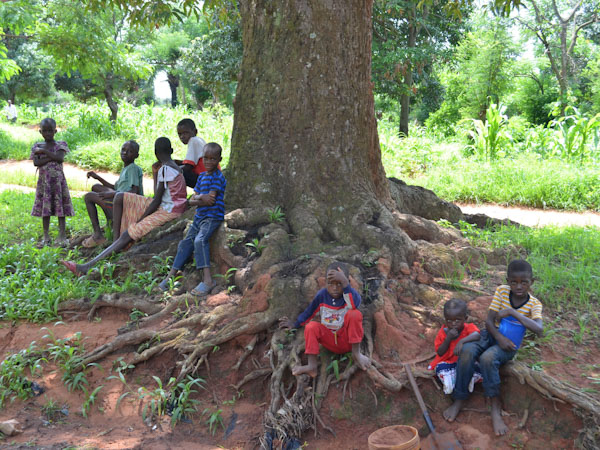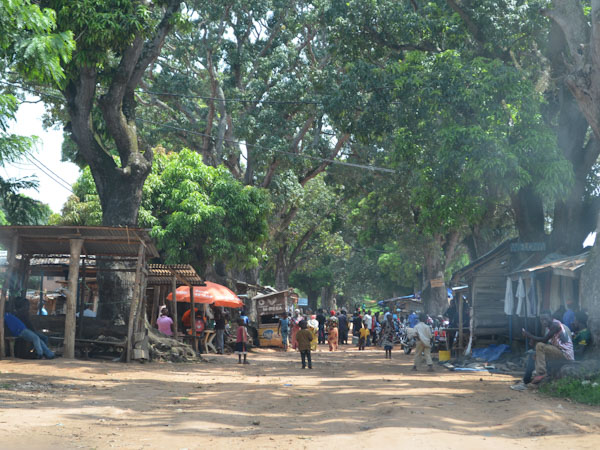Into the Wild Heart of Chimpanzee Country
Gombe National Park
Hidden deep within the jungled shores of Lake Tanganyika, accessible only by boat and untouched by roads or mass tourism, lies one of Africa’s most extraordinary sanctuaries – Gombe National Park. It may be the smallest national park in Tanzania, but don’t let its size fool you. What Gombe lacks in square kilometers, it makes up for with raw, wild magic and a history that changed science – and humanity – forever.
This is not a park you drive through. This is a park you earn – on foot, by water, by will.
Kigoma - The Last Outpost Before the Wild
Before you step into the untouched jungle of Gombe, take a moment to explore Kigoma – a town that, while often overlooked, holds keys to the past, echoes of great journeys, and a rhythm that connects modern travelers with explorers, researchers, and dreamers of another time.
Kigoma isn’t just a logistical stopover. It’s the gateway to one of the most important scientific frontiers in the world. And to understand the magic of Gombe, you first need to feel the ground in Kigoma.
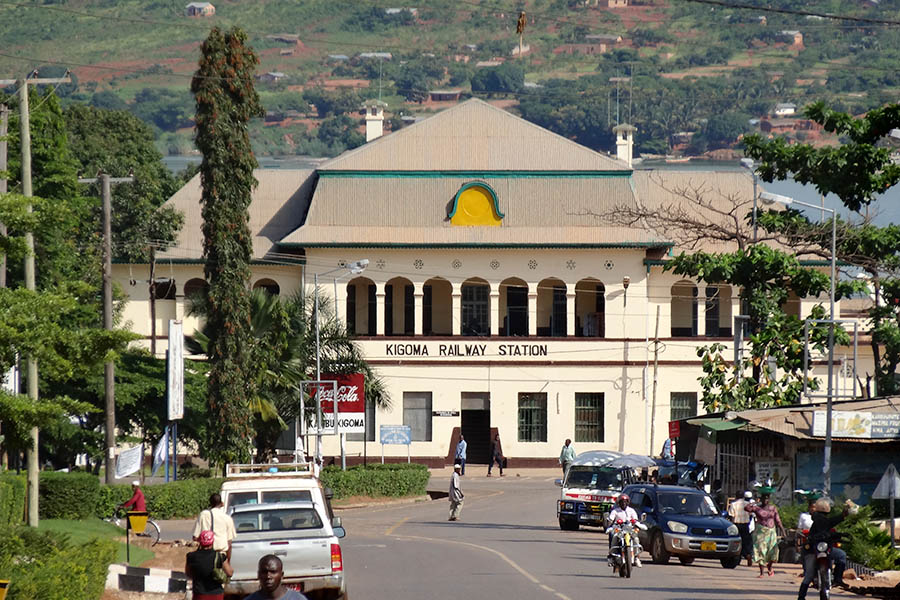
A Town with Timeless Energy
Sitting quietly on the eastern shore of Lake Tanganyika, Kigoma has long been a crossroads – for trade, for history, and for science.
Walk its rust-red streets and you’ll feel the slow pace of lake life. Visit the railway station, built during the German colonial era, and you’ll see where the great inland route from Dar es Salaam ended – bringing not only supplies and settlers, but eventually Jane Goodall herself, on one of those iron trains that now sleep beneath rust and ivy.
Wander through the local market, filled with color and chatter. You’ll see the daily life of Tanzanians far from the safari circuits – vibrant, real, and unpolished. Fishermen return with their catch. Women carry baskets with a grace inherited from centuries. The smells of smoke, fruit, and spices drift through the air.
Kigoma is where the map ends – and the mystery begins.
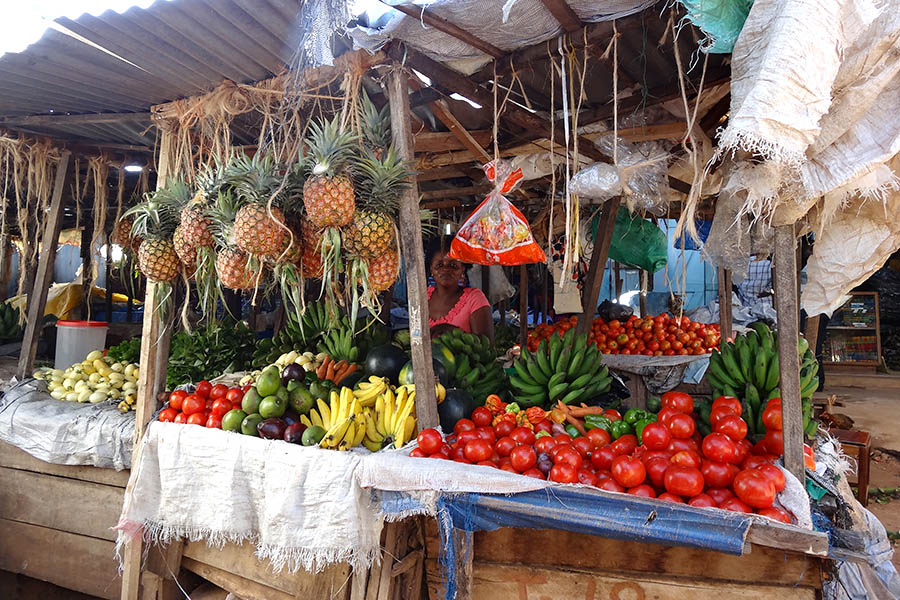
Why Kigoma Matters Before Gombe
Kigoma offers something you don’t get in most safari towns: time to reflect.
Before trekking with chimpanzees, before walking through Jane Goodall’s forest, take a breath here. Think of the courage it took to come to Gombe in 1960. No roads. No comfort. No guarantees. Jane was just 26 years old when she stood on these same shores, unsure of what she would find.
You’ll soon follow in her footsteps – but Kigoma is your first step.
Explore it not as a stopover, but as a sacred threshold between the world you know, and the one that’s about to change you.
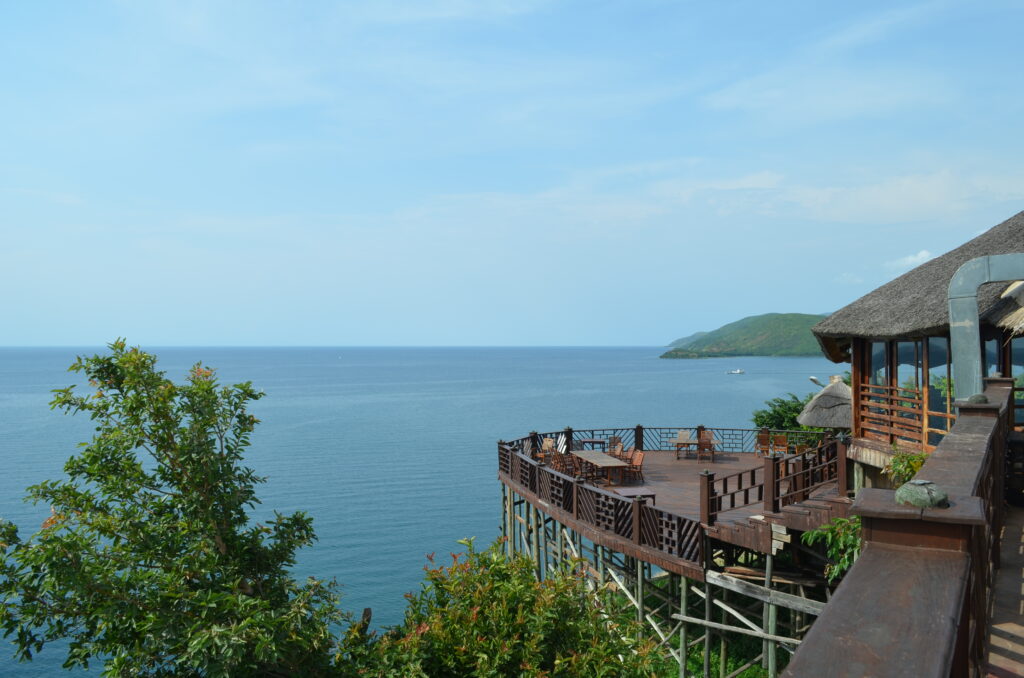
Beyond the Jungle -
Discover the Soul of Kigoma & Ujiji
Visit a Traditional Fishing Village on Lake Tanganyika
Step into the daily life of the Ha and Waha communities who have lived along the lake for generations. A short boat ride from Kigoma brings you to a small village where:
- You’ll see wooden dhow canoes being built by hand. Watch fishermen mending their nets or preparing their catch.
- Learn about ancient smoked fish preservation techniques.
- Enjoy freshly grilled sambaza (small lake fish) and local plantain over an open fire.
Why it’s special: It’s raw, real, and respectfully guided – no tourist show, just genuine local rhythm.
Drum & Dance Workshop with Waha Performers
Spend an unforgettable hour with a local music troupe learning the traditional rhythms of the Waha people, the dominant ethnic group in the Kigoma region.
- Try your hand at ngoma drums and hand percussion.
- Learn the movements of energetic Waha dance passed down through generations.
- Sit back and enjoy a private performance at sunset with Lake Tanganyika as your backdrop.
Why it’s special: This is more than entertainment – it’s storytelling through rhythm and body, a centuries-old form of expression in western Tanzania.
Tanzanian Home Cooking Experience
Join a local family in their home or courtyard to learn how to prepare a traditional Kigoma-style meal. You’ll:
- Visit a local market with your host to pick out fresh ingredients.
- Learn to cook ugali, samaki wa kukaanga (fried lake fish), mchicha (leafy greens), and spicy local sauces.
- Share stories, laughs, and a delicious home-cooked meal under the stars.
Why it’s special: It offers true cultural immersion and warmth – and a chance to ask about daily life in Kigoma beyond what guidebooks can offer.
Sunset Hike to Bangwe Point View
For a peaceful prelude to your Gombe adventure, take a guided walk to Bangwe Point, a hilltop lookout over Lake Tanganyika. Along the way:
- Learn about local medicinal plants.
- Spot monkeys, lizards, and lake birds.
- Reach the summit in time for sunset, where the Congo mountains glow purple across the water.
Optional: Bring a bottle of wine or local ginger tea for a quiet toast to the journey ahead.
Jane Goodall Legacy Briefing at TACARE Center (On Request)
If available, we arrange a private session at the TACARE Center (a community conservation initiative founded by the Jane Goodall Institute). Here you can:
- Learn about local education and reforestation efforts.
- Understand the social side of chimpanzee conservation.
- Meet youth involved in Roots & Shoots programs.
Why it’s special: It connects Jane Goodall’s past to the present – and shows how her vision continues to uplift communities.
Where the history taken place..
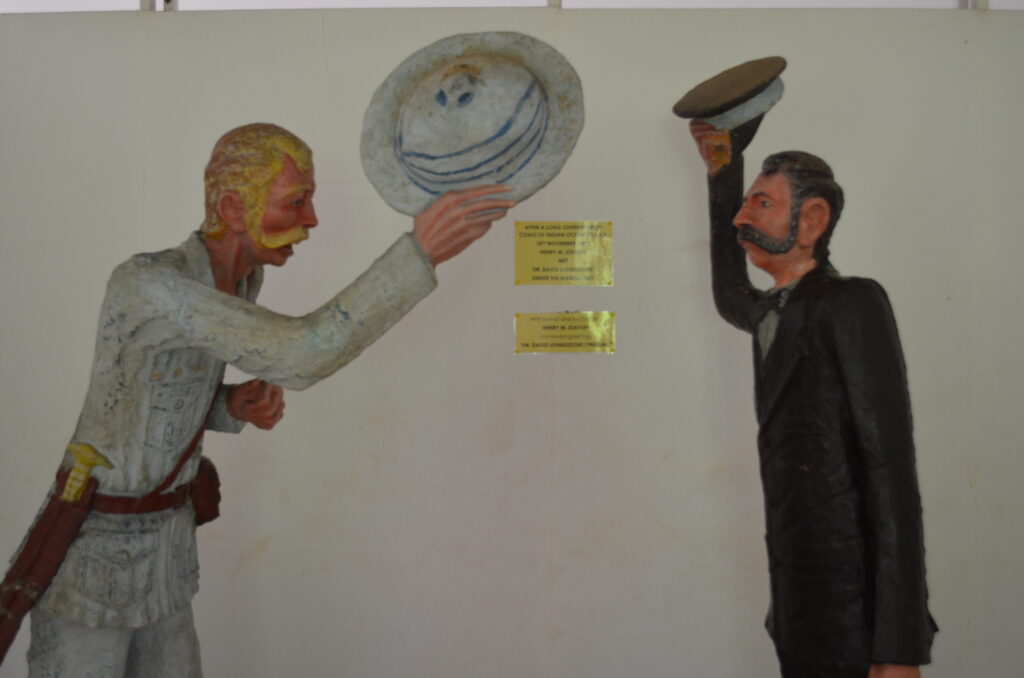
..and Legends Walked
Just outside the town lies the Livingstone Memorial, marking the spot where explorer Henry Morton Stanley met missionary Dr. David Livingstone in 1871. Their fabled greeting – ‘Dr. Livingstone, I presume?’ – echoes through history.
It’s a reminder: this coast has always drawn those who seek the unknown. Whether missionary, scientist, or modern-day traveler, Kigoma is the point of transformation – from the known world to the untouched.
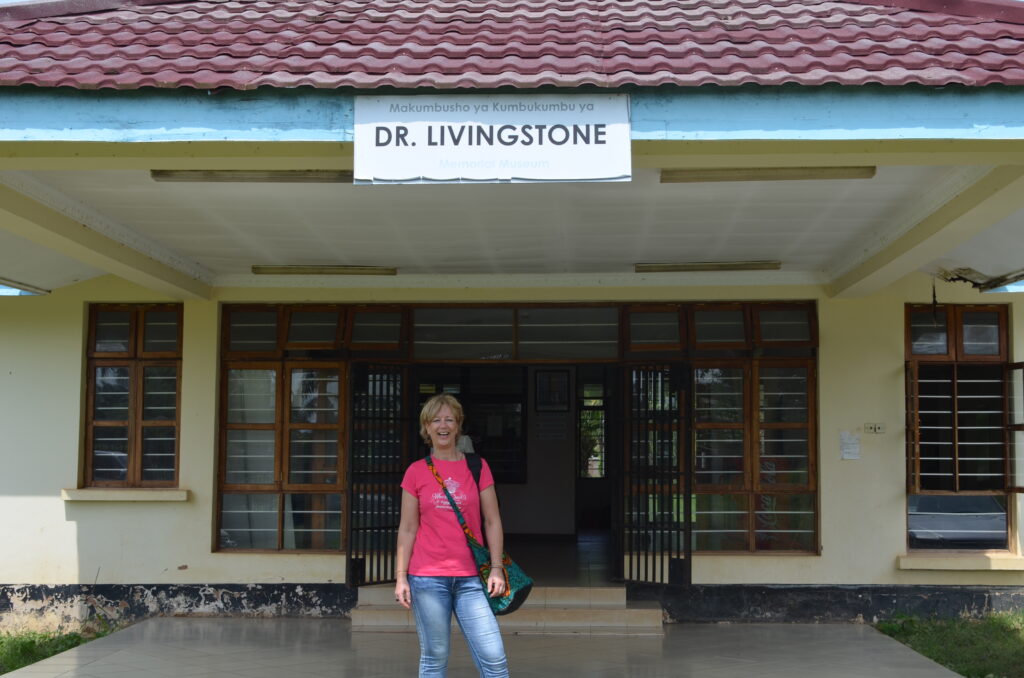
Ujiji - A Town of Great Meetings and Deep Wounds
Just a few kilometers southeast of Kigoma lies Ujiji, a quiet lakeside town that feels frozen in time. But beneath its calm surface lies a complex and painful past – one that shaped not just Tanzania, but the entire world.
This is the place where explorers met, where freedom was denied, and where Africa’s heart was broken and remembered.
Ujiji and the Tragedy of the Slave Trade
For hundreds of years, Ujiji was a major terminus in the East African slave trade. Captives – men, women, and children – were marched from the interior of Africa, sometimes for months, through forests, mountains, and swamps. Many didn’t survive.
Those who did were brought to Ujiji, chained together, exhausted and afraid. Here, on the shores of Lake Tanganyika, they were often held in open-air markets or crude holding pens, awaiting transport.
Some would be sold locally to work on plantations in Zanzibar and the coastal regions. Others would be packed onto dhows (sailing vessels) and sent across the lake, then overland toward to Bagamoyo and the Indian Ocean. A few were sent as far as Persia or India.
Their lives, names, and stories were stripped from them.
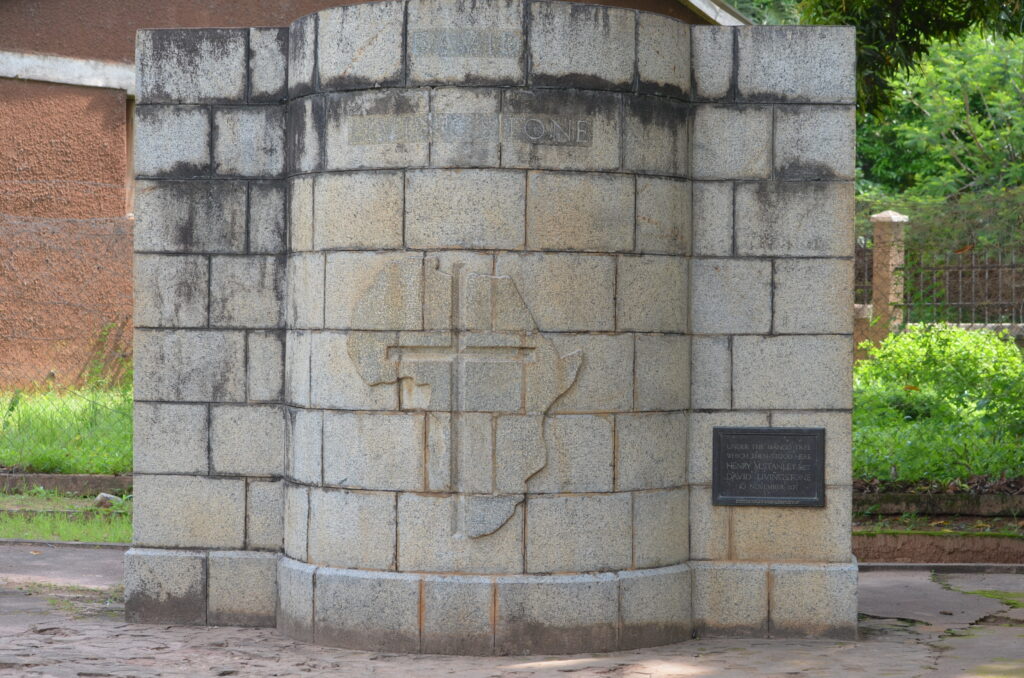
A Place of Shadows and Memory
What makes Ujiji even more haunting is its contrast: the beauty of the lake, the peacefulness of the present-day village, the distant children playing barefoot along the shore – all these things seem almost too serene for what once happened here.
Yet some locals still tell stories passed down through generations. Of chains buried in the sand, of fields where bones were once found, of songs that carry both sorrow and resilience.
Why you should visit Ujiji
Visiting Ujiji isn’t meant to entertain – it’s meant to remember.
For travelers heading to Gombe, who wish to understand Tanzania not just for its wildlife but for its human depth, Ujiji offers a necessary counterpoint. It reminds us that the lakes and mountains of western Tanzania are not just scenic – they are storied.
Through Ujiji, we understand why Dr. Livingstone dedicated his final years to fighting slavery. We understand why Jane Goodall later insisted on linking conservation with human rights and community empowerment. Because true healing – for forests, for chimps, for people – only comes when we face the wounds of the past.
Optional Ujiji Experience for our guests
We recommend a guided half-day visit to Ujiji as an optional cultural extension before entering Gombe:
- Explore the Livingstone Memorial Museum
- Visit a local historian or elder for an oral storytelling session
- Walk the path where the slave route reached the lake
- Take quiet time by the shore for reflection or journaling
This is more than history – it’s an encounter with memory.
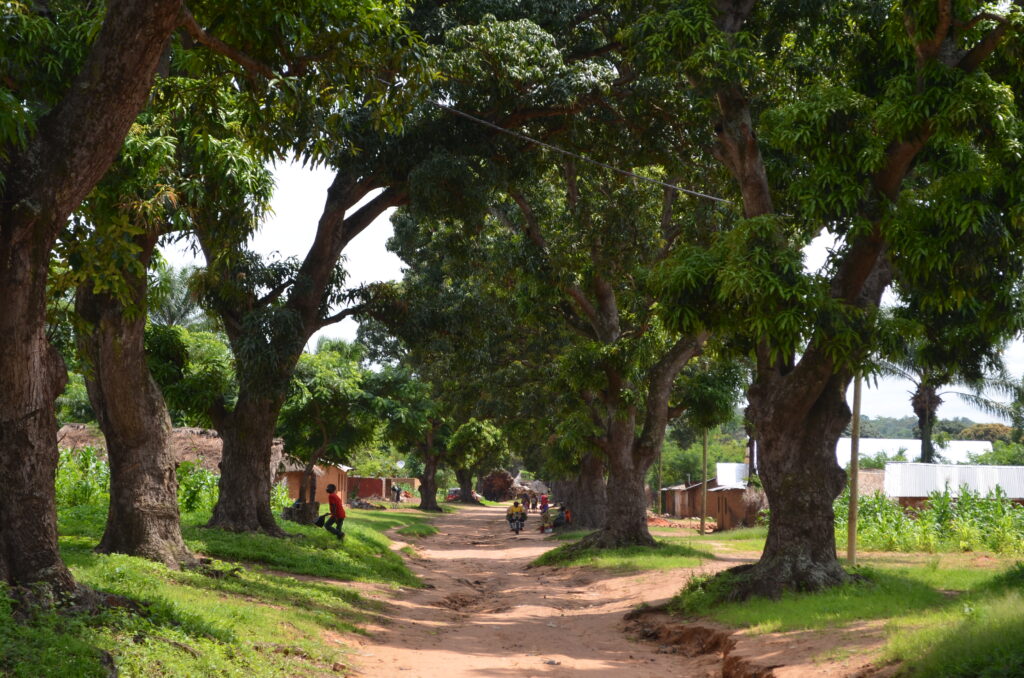
Discovering the Wonders of
Gombe National Park
The Journey Begins Where the Roads End
Unlike the more famous safari parks of Tanzania, Gombe is a realm that resists convenience. No roads lead here. No cars roam its forest trails. To reach it, you must travel the old way – by boat across the vast, glassy expanse of Lake Tanganyika, the second-deepest lake on Earth.
The further you glide from Kigoma’s shoreline, the more the world behind you fades. As the dense green slopes of Gombe rise in the distance, so does a sense of something ancient, primal, and rare.
This is where the adventure truly begins.
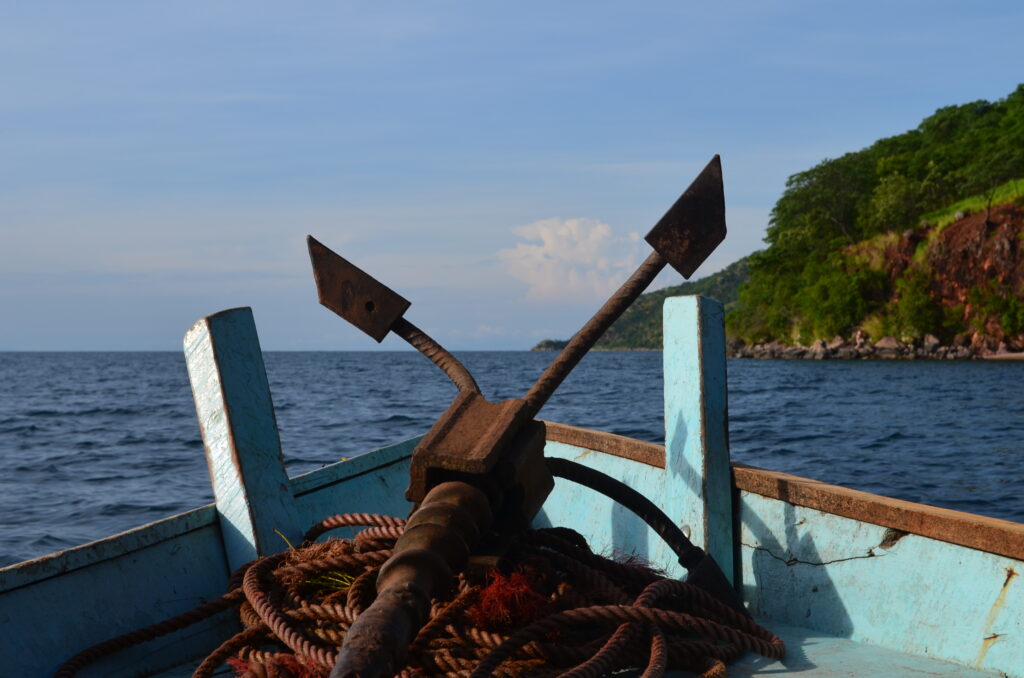
Walk Among Chimpanzees in Their Wild World
Gombe is best known as the site where Dr. Jane Goodall – then a young woman with no formal degree but extraordinary patience – stepped into the unknown to study wild chimpanzees in 1960. What she discovered here would forever change how we view animals… and ourselves.
Armed only with binoculars, notebooks, and a quiet, respectful presence, Jane observed that chimpanzees were not so different from us after all. They made and used tools. They formed families, experienced grief, showed affection, jealousy, war. They weren’t “lesser” beings – they were kindred spirits.
Today, her legacy lives on in every footstep you take through the forest.
Chimpanzee trekking in Gombe isn’t just wildlife viewing – it’s time travel. You’re stepping into a living laboratory where science, history, and the soul of the wild collide.
Accompanied by experienced trackers, you’ll trek through tangled forest paths, listening for distant pant-hoots echoing through the trees. When you finally lock eyes with a chimp – grooming, playing, or silently watching you – the world will shift. You’ll see yourself reflected in theirs.
Beyond the Chimps: Nature Untouched
Although the chimps are the stars, Gombe is bursting with untamed life:
Red-tailed monkeys, olive baboons, and blue monkeys swing through the canopy.
Over 200 bird species call from the trees.
Hike to the beautiful Kakombe and Mkenke waterfalls, hidden deep in the jungle.
Swim in the cool, clear waters of Lake Tanganyika – just you, the sky, and the silence.
Kayak or relax on the rocky shores as the sun dips behind the Congolese mountains.
There are no jeeps here. No crowds. Just you, your guide, and the untamed rhythm of the forest.
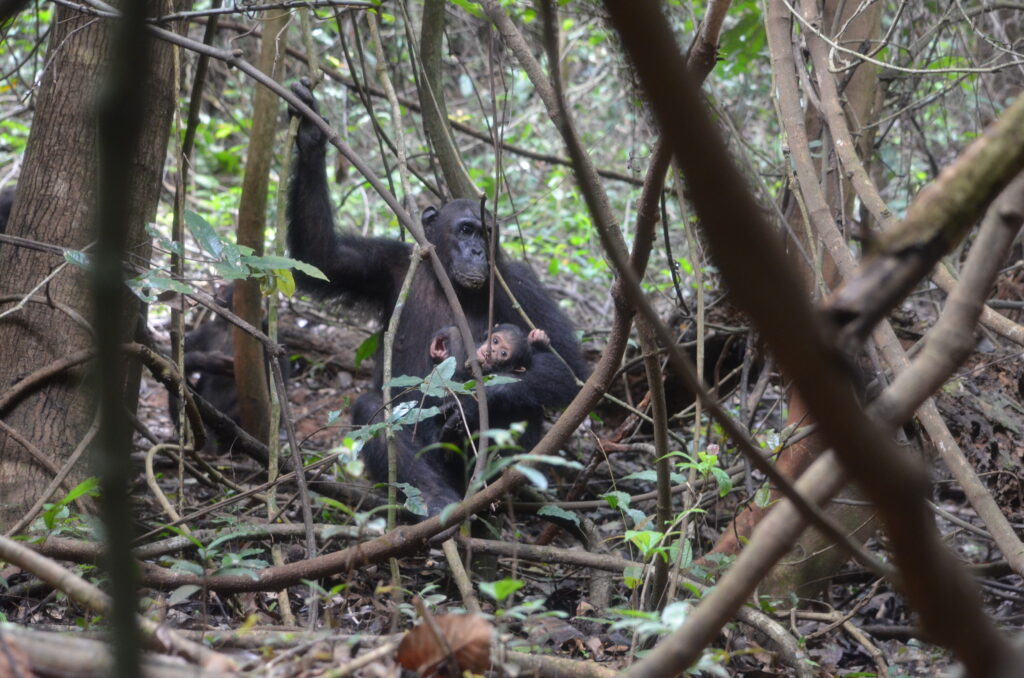
Jane Goodall - The Woman Who Listened
Before Jane Goodall, science believed only humans used tools. That only we had personalities. That empathy, emotion, and culture were uniquely ours.
In Gombe, Jane proved otherwise.
She named the chimps – David Greybeard, Flo, Fifi. She didn’t distance herself from them; she lived among them. Her patient, respectful approach revealed a society as complex and emotional as our own.
Thanks to her, Gombe became a center for longest-running wildlife research in the world, still ongoing through the Jane Goodall Institute and Tanzania National Parks Authority (TANAPA). Today, scientists continue to study the chimpanzee families she first befriended more than 60 years ago.
Visiting Gombe is not just a nature trip. It’s a pilgrimage to one of the most important places in the story of human understanding.
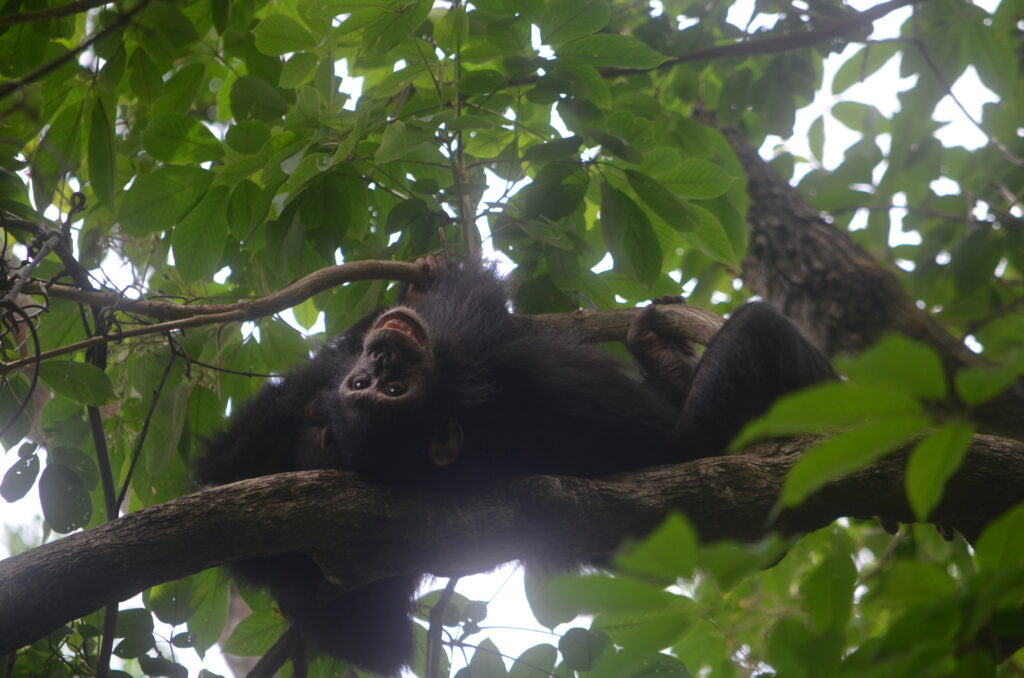
More than any other living creature, chimpanzees have helped us to understand that there is no sharp boundary between humans and the animal kingdom
Jane Goodall
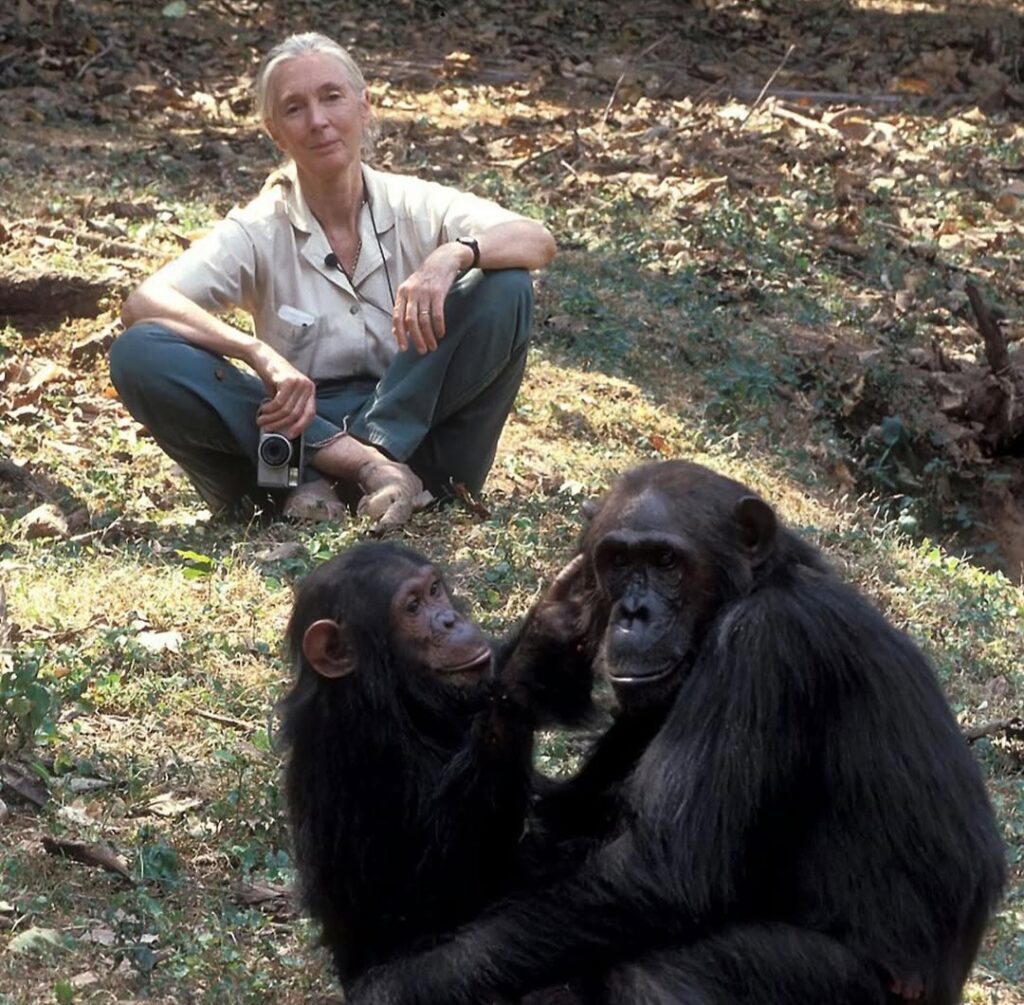
Why Gombe?
Gombe is not for the casual traveler. It’s for the curious, the brave, the wild at heart. It’s for those who seek stories written in leaves, in footprints, in the eyes of a chimpanzee.
Come not as a tourist, but as a student of the forest. Gombe will change you – just as it changed Jane.
Ready to Follow in Jane’s Footsteps?
Step off the map and into the wild – deep into the forests where chimpanzees roam free and legends were born.
Our 4-Day Gombe Trekking Adventure takes you into the heart of one of Africa’s most remote and magical national parks.
Want more than just the trail? Enhance your journey with powerful cultural encounters in Kigoma and Ujiji – from village visits to the haunting echoes of the old slave route.
Explore the full itinerary and start planning your own story:
